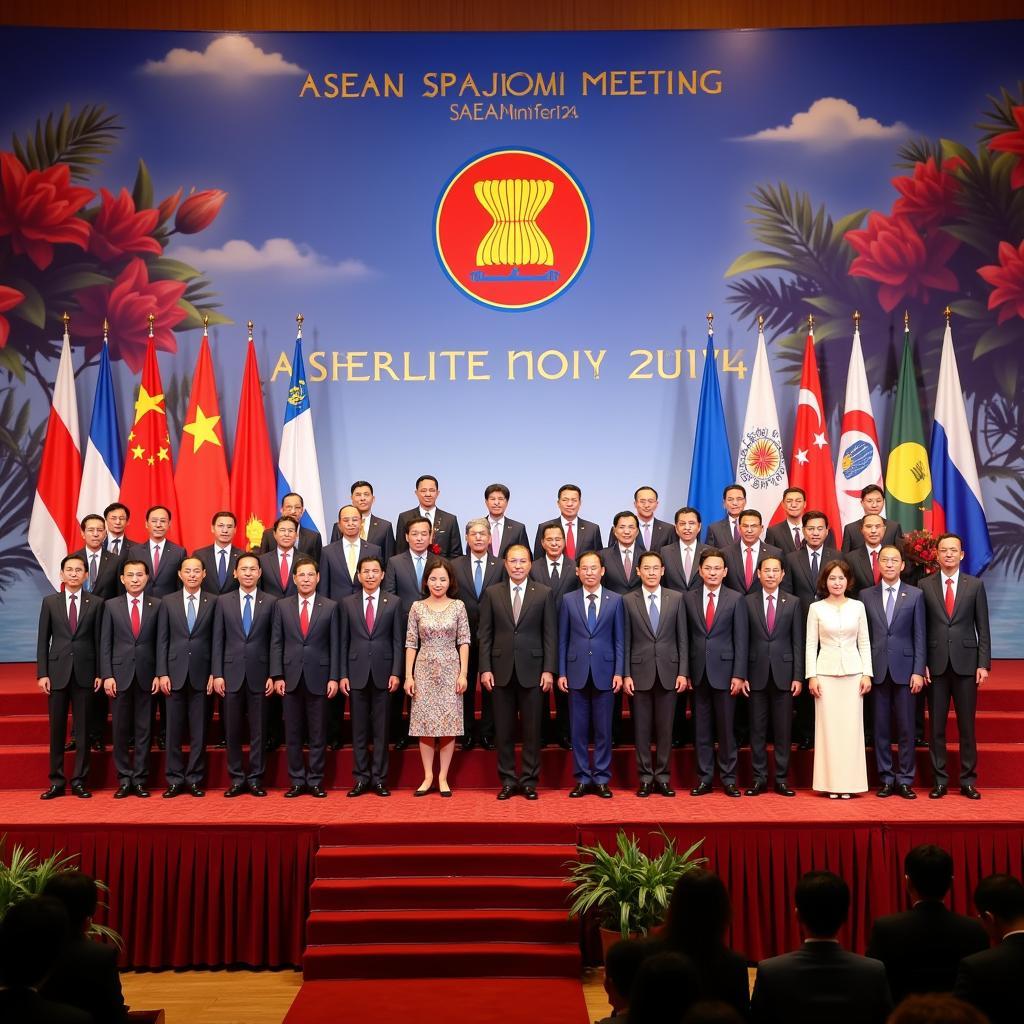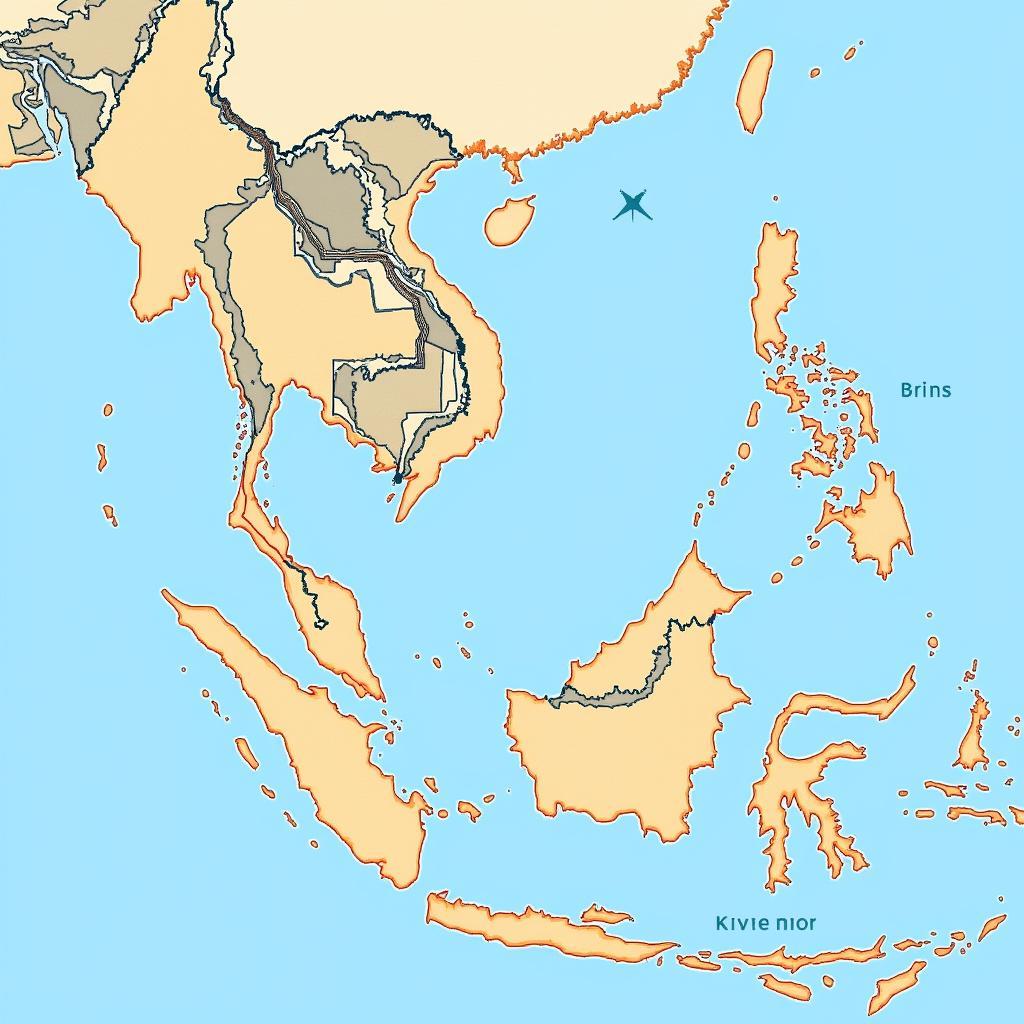The Asean Biodiversity Outlook 2 (ABO2) serves as a critical compass, guiding us through the multifaceted landscape of Southeast Asia’s biodiversity. This report not only celebrates the region’s unparalleled biological richness but also frankly addresses the mounting pressures threatening its delicate balance.
Unveiling the Treasures: Southeast Asia’s Biodiversity Significance
Southeast Asia, home to a mere 3% of the Earth’s surface, astonishingly harbors 20% of the planet’s known vertebrate and plant species. This incredible concentration of life, from the towering rainforests of Borneo to the vibrant coral reefs of the Philippines, earns Southeast Asia its designation as a global biodiversity hotspot.
A Tapestry of Ecosystems: From Mountains to Oceans
Southeast Asia boasts an astonishing array of ecosystems, each teeming with unique life forms. Towering mountain ranges give way to verdant rainforests, while fertile deltas transition into extensive mangrove forests before reaching the coral-rich waters of the Coral Triangle. This diversity of habitats contributes to the region’s remarkable species richness.
 Diverse Ecosystems in ASEAN
Diverse Ecosystems in ASEAN
ASEAN Biodiversity Outlook 2: Sounding the Alarm
The ABO2, however, doesn’t shy away from the stark realities facing the region’s biodiversity. Habitat loss, driven by deforestation and land conversion for agriculture, infrastructure, and urban expansion, stands as the most pressing threat. Overexploitation of natural resources, pollution, and the looming impacts of climate change further exacerbate these challenges.
The Urgency of Action: A Shared Responsibility
The report emphasizes that the future of Southeast Asia’s biodiversity hinges on immediate and collective action. Governments, businesses, communities, and individuals all play a crucial role in forging a more sustainable path forward.
Charting a Path Towards Sustainability: Key Recommendations
The ABO2 outlines a clear roadmap for action, emphasizing the need to:
- Strengthen protected area networks and enhance their management effectiveness to safeguard critical habitats.
- Integrate biodiversity conservation into sectoral policies and practices, promoting sustainable agriculture, forestry, and fisheries.
- Empower local communities to become stewards of their natural resources, recognizing their traditional knowledge and practices.
- Invest in research and monitoring to better understand biodiversity trends and inform conservation efforts.
 Community-Based Conservation in ASEAN
Community-Based Conservation in ASEAN
Conclusion: A Future Interwoven with Nature
The ASEAN Biodiversity Outlook 2 is a call to action, urging us to recognize the intricate link between our well-being and the health of Southeast Asia’s ecosystems. By embracing the report’s recommendations and working collaboratively, we can strive towards a future where both people and nature thrive in harmony.
FAQ
1. What is the main focus of the ASEAN Biodiversity Outlook 2?
The ABO2 provides a comprehensive assessment of the state of biodiversity in Southeast Asia, highlighting both its global significance and the threats it faces. It outlines key actions needed to safeguard the region’s natural heritage.
2. What are the major threats to biodiversity in Southeast Asia?
Habitat loss, driven by deforestation, agricultural expansion, and infrastructure development, is the most significant threat. Overexploitation of natural resources, pollution, and climate change also pose substantial challenges.
3. How can I contribute to biodiversity conservation in Southeast Asia?
Every action counts. You can support sustainable businesses, reduce your ecological footprint, raise awareness within your community, and support organizations working to protect Southeast Asia’s biodiversity.
Need Support?
For any inquiries or assistance, please contact us:
Phone: +84 369 020 373
Email: [email protected]
Address: Ngoc Lien Village, Hiep Hoa, Bac Giang, Vietnam
Our dedicated customer support team is available 24/7 to assist you.

